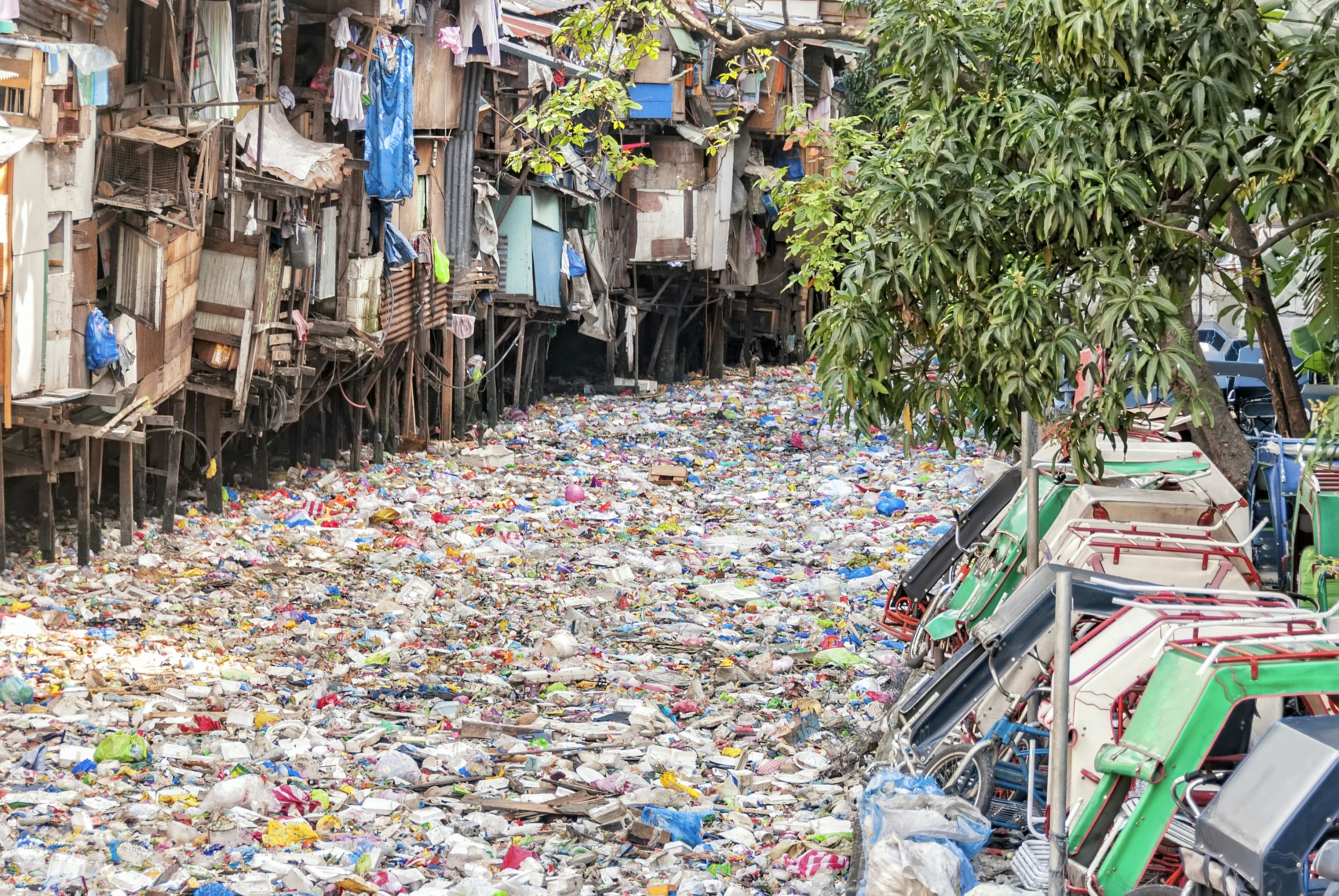Philippines tackles its waste problem by building roads from recycled plastic

Jan 30, 2020 • 2 min read

The Philippines is one of the biggest plastic polluters in the world but it's hoping to address its waste problem by testing new roads built from scraps of recycled plastic.

The Philippines is the world's third-worst plastic polluter, according to a report from the University of Georgia. It's third only to Indonesia (second) and China (first), producing approximately 1.88 million of metric tons of plastic each year. But it's hoping to get ahead of the problem by testing roads built from recycled plastic. Companies like San Miguel Corporation (SMC), the Philippines' largest company, and Aboitiz Equity Ventures Inc., are using plastic scraps to power cement plants and build roads. A pilot site from SMC was unveiled in General Trias, Cavite at the end of last year.
According to a statement from SMC, the company used over 180,000 sachets and plastic bags for asphalt on the 1500 sq metre road, that will be used to carry trucks with heavy loads. The plastic waste scraps reportedly act as a binder for the production of asphalt and, according to Dow, SMC's technology partner company, it can make roads more durable compared to conventional asphalt.
"We want to create a sustainable use for waste plastics so that they don’t end up in landfills and our rivers and oceans,” San Miguel President Ramon Ang said.
The Philippines' plastic problem is a byproduct of poverty. Around 20.8% of the population lives below the national poverty line, according to a 2019 report from the World Bank. And about one in five of the country's 106 million people lives in extreme poverty, getting by on less than $2 a day. For many, it's relatively cheap to purchase small portions of everyday items like shampoo, milk, coffee and sauce in single-use plastic sachets, which are everywhere in the Philippines. A study from environmental non-profit GAIA estimates that around 60 billion of these sachets are used every year, which works out at 163 million a day.
What's more, the Philippines, like many communities in South East Asia, has become a dumping ground for the world's plastic waste. In 2018, waste imports to the Philippines from wealthier nations in the EU and North America, increased from 4650 tons in 2016 to 11,900 tons.



